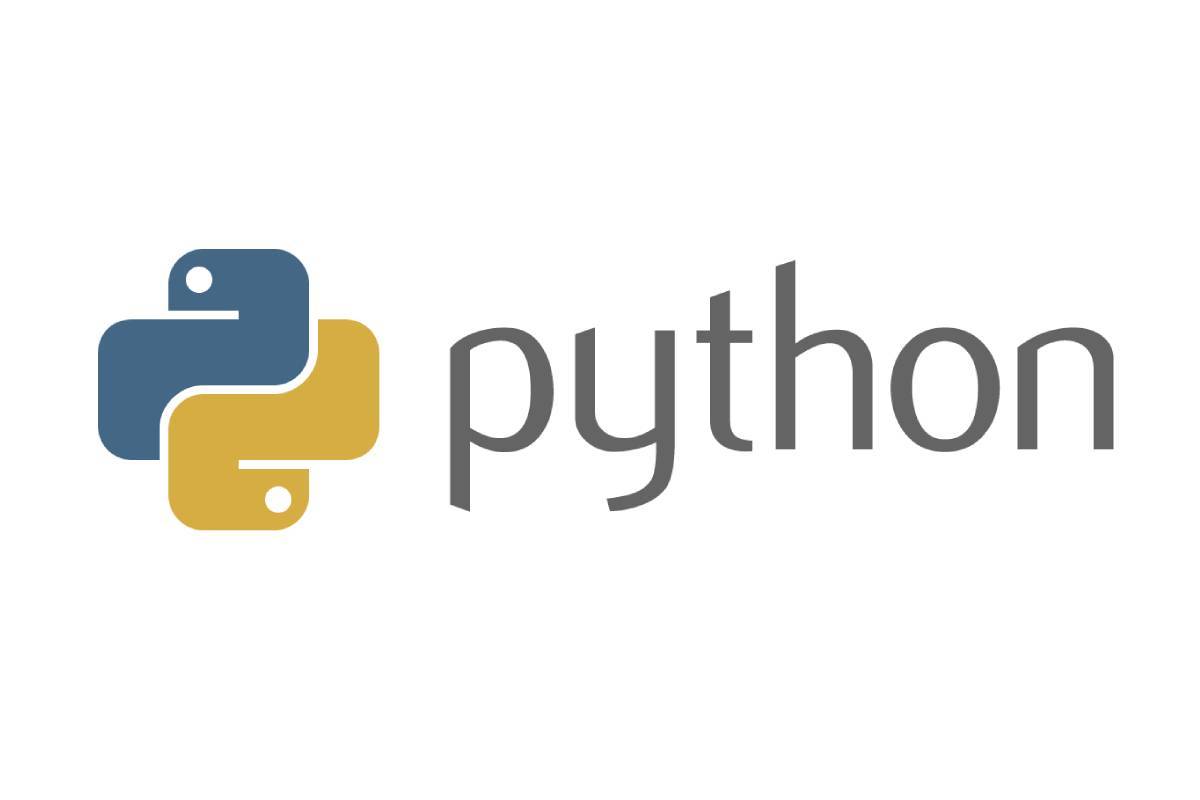Table of Contents
Python is currently the world’s most popular programming language. It’s easy to learn and understand for humans, seems to have a library for almost anything, and enjoys widespread support.
That’s all well & good, but what does it mean to a freshly minted programmer? What paths can your Python journey take? We explore Python’s most impactful uses below.
Web Development
Due to its flexibility and ease of use, Python is among the most popular web development languages for developing backend and server-side parts of websites. It’s a mature and stable language, meaning novice developers have access to lots of resources and a thriving community willing to help.
Google uses Python as one of its development languages. Instagram is based on Django, Python’s most popular web development framework. Tools like Django and Flask provide everything you need to build a functioning web server. This lets you spend more time on Webdev’s more creative side while ensuring the site operates and interacts with its users correctly.
Data Analytics
While it’s flexible enough for use in countless other fields, data analysis is where Python shines. It helps analysts collate and make sense of vast amounts of data by automating the collection and formatting process. Constructing models from such information lets researchers and data scientists uncover new patterns and make connections they’d have otherwise missed.
NumPy is a favorite Python library among data scientists. They use it to perform complex mathematical calculations quickly and with fewer system resources than regular Python.
Web Scraping
Similar to data analytics in general, Python is the leading language behind web scraping applications and services. Web scraping or scraper API is an indispensable tool for remaining competitive. It lets companies match competitor prices, generate leads, analyze customer attitudes toward their products, or predict and capitalize on trends.
Libraries like BeautifulSoup and Scrapy automate the web crawling and scraping process. They allow Python programmers to quickly gather targeted information and collect it into Excel files or other formats suitable for further analysis.
Data Visualization
Sometimes the best way to interpret data is to present it in two or three dimensions. Python graphing libraries like Seaborn and Pandas can structure thousands of data points so that trends and anomalies become visible and easier to identify.
Machine Learning and AI
Machine learning is one of the main prerequisites to AI development, and Python is the go-to ML language. Its skill in handling data comes to the forefront again. After all, machine learning effectiveness hinges on large and accurate data sets.
Widespread AI use is proving to be one of the most disruptive technology trends of our time. Python is at its core. AI development is predicted to make Python knowledge an even more desirable trait in the near future. Developers who set their sights on this area can expect excellent job prospects and enticing salaries to boot.
Automation
Programming aims to make our lives easier. With the right Python tools, you can make programming easier too. You can use Python to speed up your workflow and automate many parts of the software development process.
Automation also ties into technological trends like the Internet of Things (IoT) through it, numerous devices automatically generate, track, and communicate data to each other.
Application Development
Graphical user interface creation is another area Python excels at. Combined with its other strengths, it’s an excellent choice for application development. The choices are almost endless, from APIs, eCommerce platforms, and cloud storage interfaces to desktop applications like video players.
Game Development
Python isn’t the language of choice for modern video game development, but it has its uses. Due to its simplicity, Python is excellent for prototyping and creating proof-of-concept solutions.
Learning Python by making games is an intuitive and organic way of expanding your programming knowledge through practical examples. Finally, Python is a good choice for creating arcade and other retro-style games.
Conclusion
The “problem” with a language as versatile as Python is figuring out what to focus on once you’ve got the basics down. The trick is to specialize, learn, and reap the rewards. We hope that highlighting its most prominent uses will make your choices easier.





